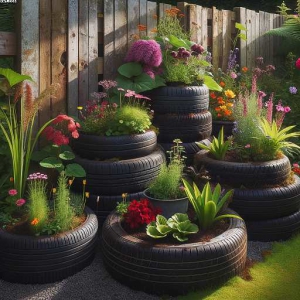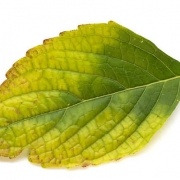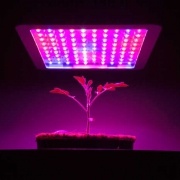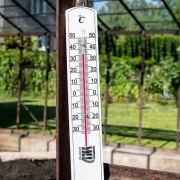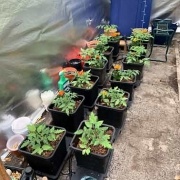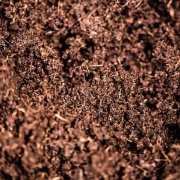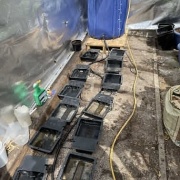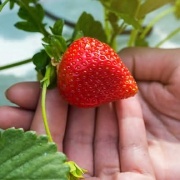Iron Deficiency in Plants
Iron Deficiency in Plants
Iron Deficiency in Plants
Of course iron deficiency can effect many types of plants. In the past it has been common in my tomato plants. So, the most helpful sign of this condition is called “leaf chlorosis”. This is easy to spot as the leaves will turn yellow and the leaves veins will remain green.
Starting on the new leaves that emerge the symptoms then start to spread to the older leaves and they begin to turn a yellow colour. This can then turn to the leaves dropping off all together. Coupled with poor growth of the plant. Strangely the condition is not caused by a lack of iron in the soils, but the failure of the plant to take it up. Hence due to the following reasons.
Iron chlorosis in plants is normally cause by one of four reasons.
Your soils Ph is too high
This is relatively easy to rectify. you can purchase a simple PH tester kit online. Soil Ph levels of 7 or above will restrict your plant from getting the iron available to tin the soil. Vitalink “Ph Down” is a great product for lowering the Ph and helping your plant to take up the required iron levels.
Too heavy clay soil
Most gardeners know all about the benefits of a clay soil. However some areas have realy heavy clay soil deposits. Although rich in minerals and vitamins then realy heavy clay make it difficult to be absorbed by plants. Including iron !
Living and gardening here in West Yorkshire UK has always brought its problems with clay soil. Gardens on new build sites very often have a sprinkling of top soil places directly on top of a thick layer of clay. So, making a nice garden virtually impossible without tons of organic material. Hence the addition of organic matter will be beneficial for the plants to take up iron. Clay soils are probably the richest soils once cultivated with added compost.
Very damp and wet soil
Of course this follows on from the last problem. Because clay soils are also wet and damp soils. Of course until well cultivated and free draining. Wet and damp soils are easy and often compacted. making it difficult once again for the plant to take up iron. So, if your garden is permanently compacted then there are few options available. Your plants can be foliar sprayed, or you can use a good soil supplement and even use the addition of chelated iron. These treatments can help plants take up the iron levels that they require.
Too much phosphorous in the soil
Strangely, too much phosphorous can prevent the intake of iron by the plant. Studying this then the main reason for this is the over use fertilizers containing phosphorous. So, the simple answer would be to use a fertilizer with lower amounts of phosphorous to balance the soils out and allow the plant to take up the iron that is required.
However it must be stressed that phosphorous is extremely import to plant growth and development. Of course for indoor growing then products are available to maintain the correct balance of nutrients in your plants. All are available online at Hydrostore West Yorkshire.
